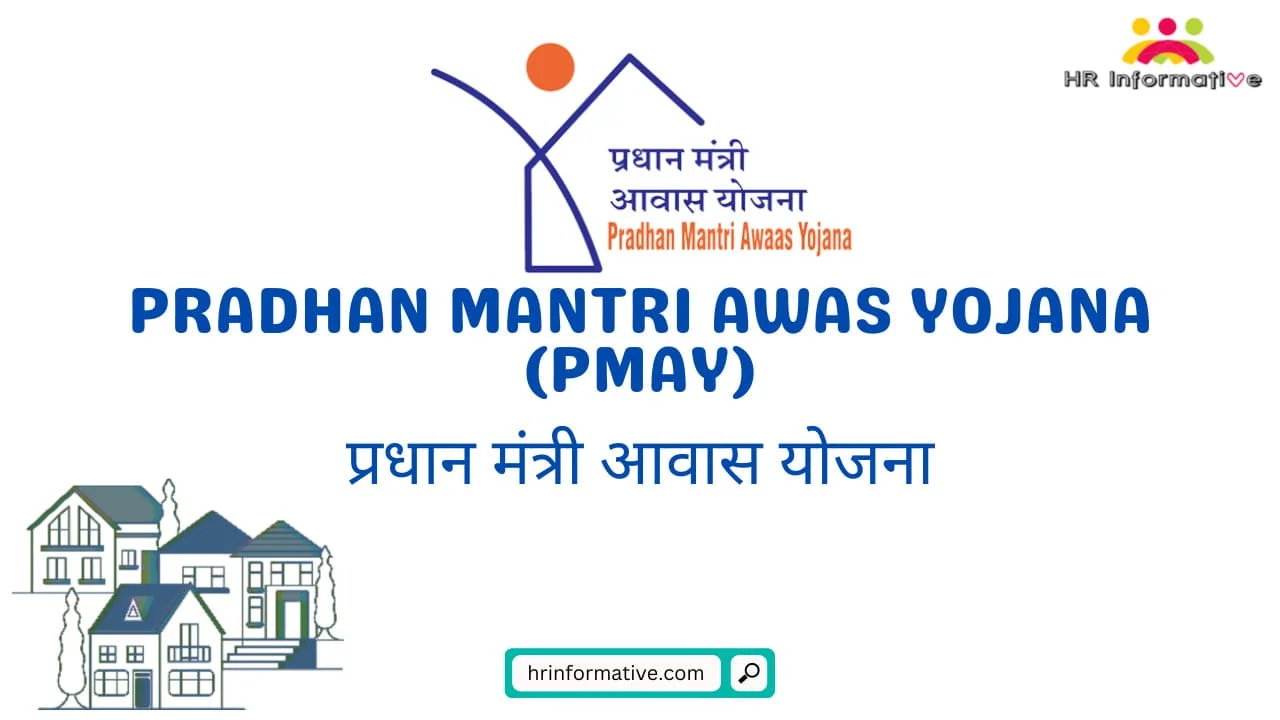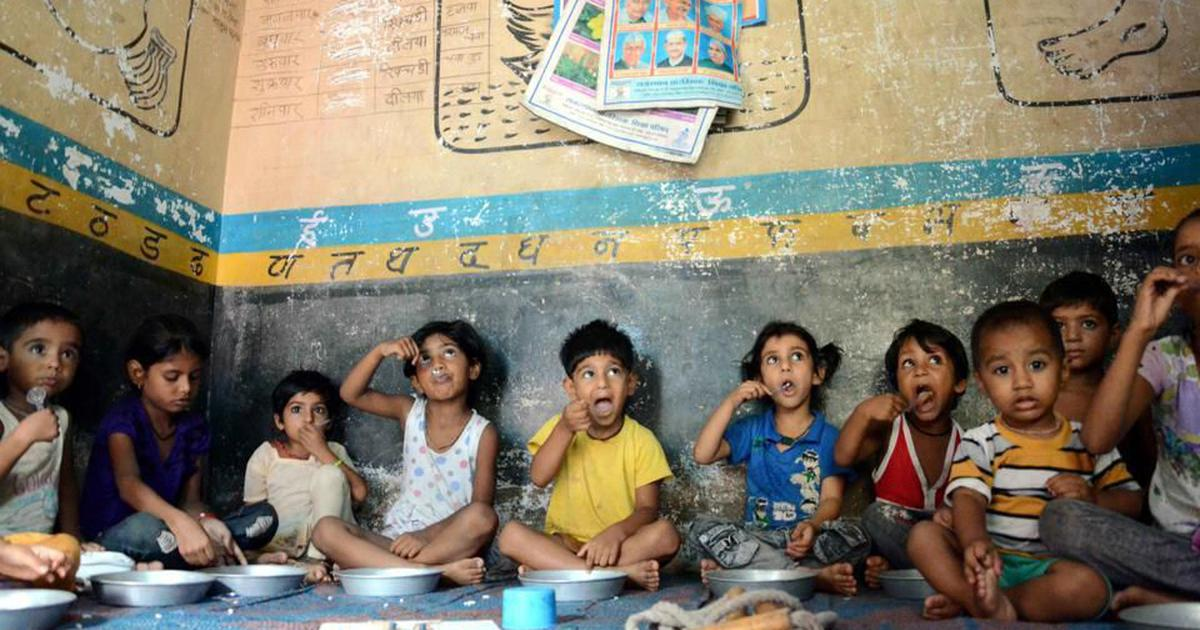Description

Copyright infringement not intended
Picture Courtesy: https://medicircle.in/an-umbrella-scheme-rashtriya-arogya-nidhi-ran-providing-lifeline-for-costly-medical-treatments
Context: The Delhi High Court raises concerns about the Rashtriya Arogya Nidhi (RAN) scheme's qualifying criteria and limits, specifically the low-income barrier and the availability of treatment assistance for chronic conditions like kidney transplants.
About Rashtriya Arogya Nidhi (RAN) Scheme
- The scheme was established in 1997 as a central sector scheme aimed at providing financial assistance to economically disadvantaged patients suffering from life-threatening diseases such as heart, kidney, liver ailments, cancer, and specified rare diseases.
- The scheme operates under an umbrella structure with three distinct components, each focused on providing financial aid for specific medical conditions at designated government healthcare institutions.
|
The Delhi High Court highlighted that the income limit to get RAN's help is too low. The current limit is ₹1571 per month in rural areas and ₹1605 in urban areas, translating to roughly ₹96,000 annually. The Court finds this limit to be unreasonably low.
|
Key Features and Objectives of the RAN Scheme
- Target Beneficiaries: The scheme primarily targets economically disadvantaged patients living below the State/UT wise poverty line.
- Life-Threatening Diseases: RAN focuses on providing assistance for critical illnesses that pose a severe threat to the patient's life and require specialised treatment.
- Choice of Hospitals/Institutes: Beneficiaries can access treatment at designated government hospitals or institutes with super speciality facilities, ensuring quality care and treatment.
- Financial Assistance Limits: The maximum financial aid varies based on the specific component of the scheme, with higher limits for rare diseases.
- Central Sector Scheme: RAN is implemented directly by the central government to ensure uniformity and equitable access to healthcare services across different states and union territories.
Components of the Rashtriya Arogya Nidhi (RAN) Scheme
Rashtriya Arogya Nidhi (RAN)
- It offers financial assistance to patients suffering from life-threatening diseases like heart diseases, kidney disorders, liver ailments, etc.
- The financial assistance provided under RAN can be utilised for treatment at government hospitals or institutes equipped with super-speciality facilities.
- The maximum financial assistance available under this component is ₹15 lakhs.
Health Minister’s Cancer Patient Fund (HMCPF)
- It focuses on providing financial aid specifically for cancer treatment.
- Eligible patients can receive financial assistance for cancer treatment at designated Regional Cancer Centres (RCCs), Tertiary Care Cancer Centres (TCCCs), and State Cancer Institutes (SCIs).
- Similar to RAN, the maximum financial assistance provided under HMCPF is ₹15 lakhs.
Financial Assistance for Rare Diseases
- It addresses the needs of poor patients suffering from specified rare diseases.
- Patients can receive financial support for treatment at government hospitals or institutes with super-specialty facilities.
- The maximum financial assistance available for rare diseases under this scheme is higher, with a limit of ₹20 lakhs.

Conclusion
- The Rashtriya Arogya Nidhi (RAN) scheme plays a crucial role in supporting financially vulnerable patients facing life-threatening diseases, including cancer and rare illnesses. By providing financial assistance for treatment at designated government healthcare facilities, the scheme aims to alleviate the burden of medical expenses and ensure access to essential healthcare services for those in need.
Source:
The Hindu
PIB
|
PRACTICE QUESTION
Q. India has a large public healthcare system, but many rely on the private sector for better quality care. How can India achieve a balance between strengthening the public system while ensuring affordability and accessibility of quality care in the private sector?
|










.jpg)
.png)


